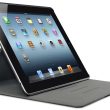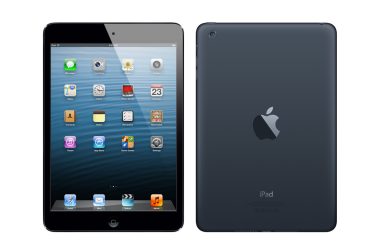Table of Contents Show
Despite the rise in smartphone and tablet use, many people are still sticking with PCs for their computing needs. These trusted, and reliable devices may have evolved, but they are still traditional methods to get a job done.
Because technology changes so much, it can sometimes be hard to work out what to look out for when buying a new PC. If that sounds like a familiar quandary, today’s blog post is sure to help you out! By reading this PC buying guide, you will be able to buy the perfect computer for your home or office in no time. Here is what you need to know:
How old is your existing system?
Before you go out and spend some cash on a new workhorse, it’s worth checking if your current system can be made better. There are plenty of ways to ‘tune‘a PC up so that it runs better.
Of course, if your system is ancient, it will be more cost-effective to buy a brand new one.
What do you need your new PC to do?
If the answer is ‘make you a cup of coffee’you are reading the wrong article! It’s no secret that there are plenty of models on the market designed to work in a range of different settings. For example, you can buy high-spec machines that you can play games on or design 3D graphics with.
And there are other business grade systems that have the resources to run a plethora of office applications. Before you choose a new PC, it’s worth thinking about what you’ll use it for. That way, you can be sure that you don’t spend more money than you need to.
What components make up a PC?
Have you ever looked inside of a PC case? If so, you will doubtless remember that there is an array of electronics used in them. The good news is that those parts are modular. That means anyone with even basic knowledge of PC repair can remove and install components.
So, what items make up a PC? These are the main ones that you should familiarize yourself with:
- Case. The housing or ‘box’that your computer’s components live in;
- PSU. Also known as the Power Supply Unit, it’s a device that converts mains AC power into DC electricity;
- Motherboard. The main circuit board that other components sit on. It gets installed on the side of a tower case;
- CPU. Also known as the Central Processing Unit, this is the ‘brains’of your PC;
- RAM. Short for Random Access Memory, this is the memory your PC uses for storing temporary, non-permanent data;
- Hard drive. Although most PCs are fitted with mechanical hard drives, some have faster SSDs or ‘Solid-State’drives; and
- Optical drive. In other words, the DVD-RW or Blu-ray drive.
What should you avoid?
As with most things in life, there is much debate about particular brands to avoid. In my experience, Intel CPUs work better than AMD ones. Well, when I say ‘work better’I mean they are more compatible with applications.
You should also avoid PCs that use non-standard architecture. Some well-known PC brands are guilty of this, so be sure to research the specs online first before you buy. Good luck!









